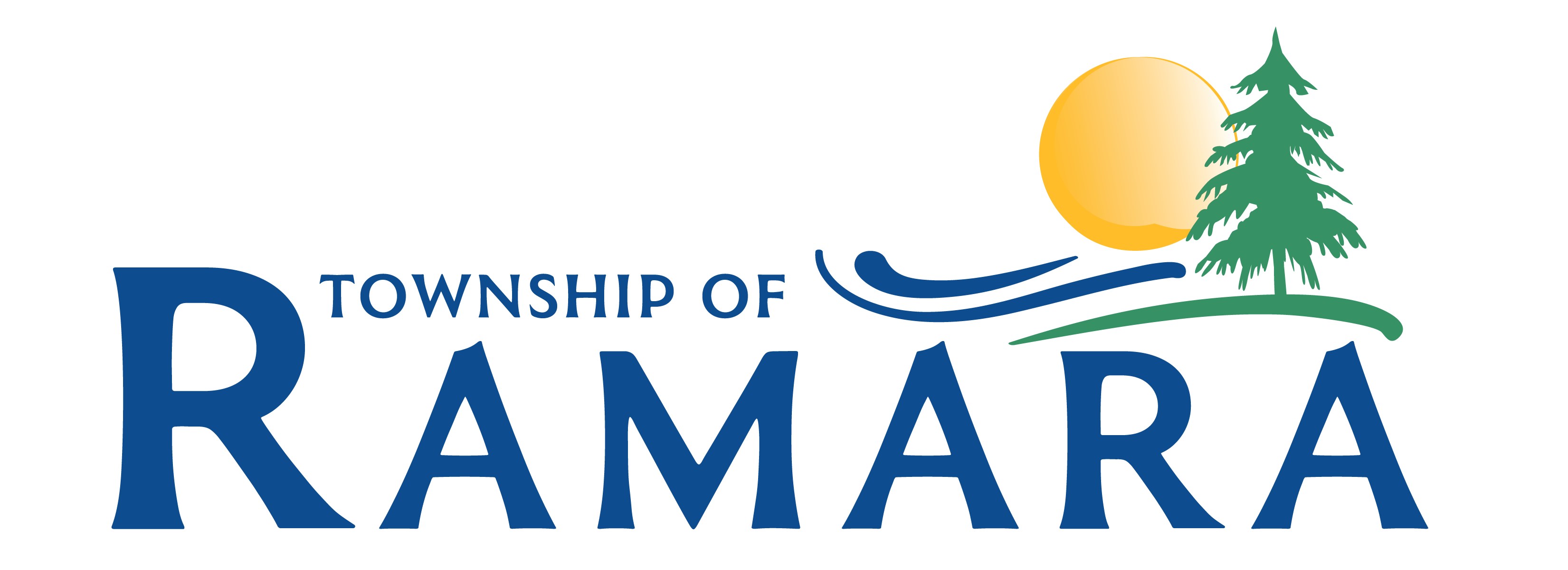Inspection Process
The On-Site Sewage Reinspection Program occurs on a five-year cycle. Inspections will typically take place during the spring, summer, and fall months.
The inspection process is as follows:
- A visual inspection will take place to examine the sewage system and surrounding areas.
- A notice will be left at the door once inspection is complete.
- The Township requires a pump out certificate completed by a certified septic hauler of your choice. It is your responsibility to ensure that the pump out certificate is submitted to the Township within the inspection year. The pump out certificate can be emailed to septic@ramara.ca. Alternatively, it can be sent to the Township of Ramara's Building Division. Please note, for advance treatment units (tertiary systems) a maintenance report from the company servicing the system may be provided in lieu of the pump out certificate.
Fee
As outlined in Bylaw 2023.34, properties included in the program will have a $30 fee added to their final tax bill each year for a five-year cycle.
Deficiencies Report
If a system fails an inspection, the property owner will receive a letter from the Township outlining the deficiencies with a deadline on remedial action.
Further action will be taken if corrections are not completed.
